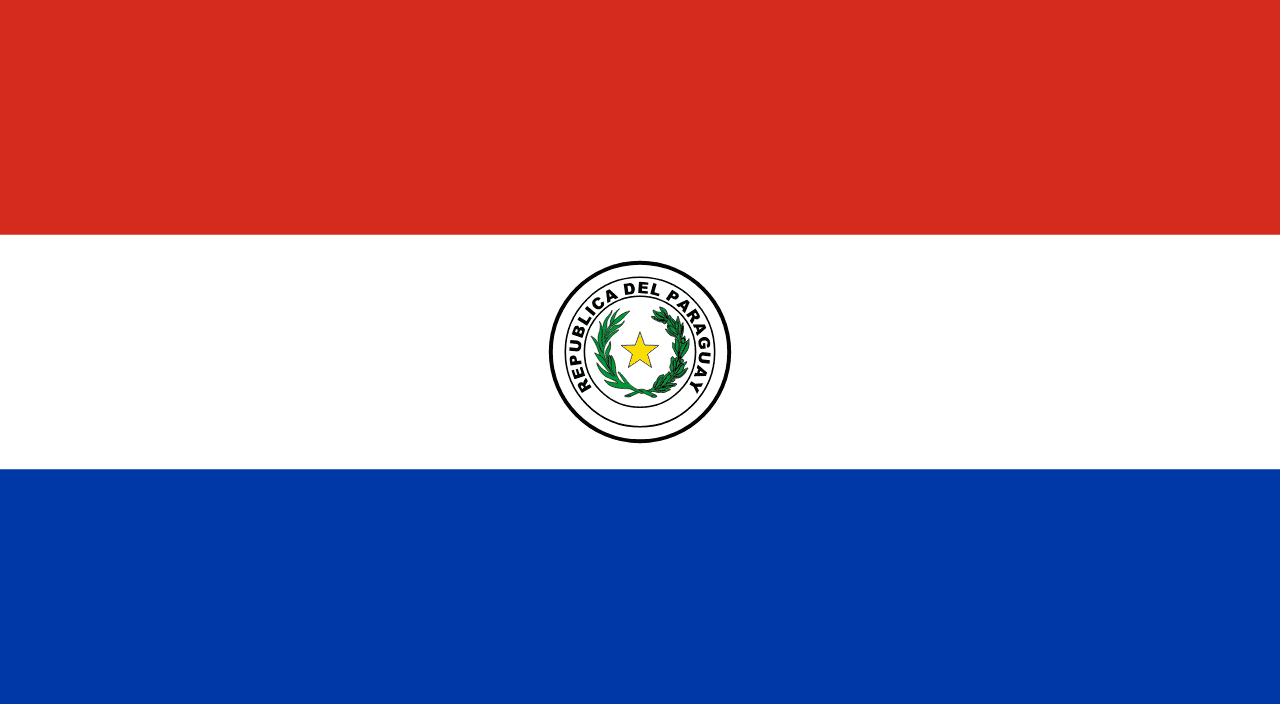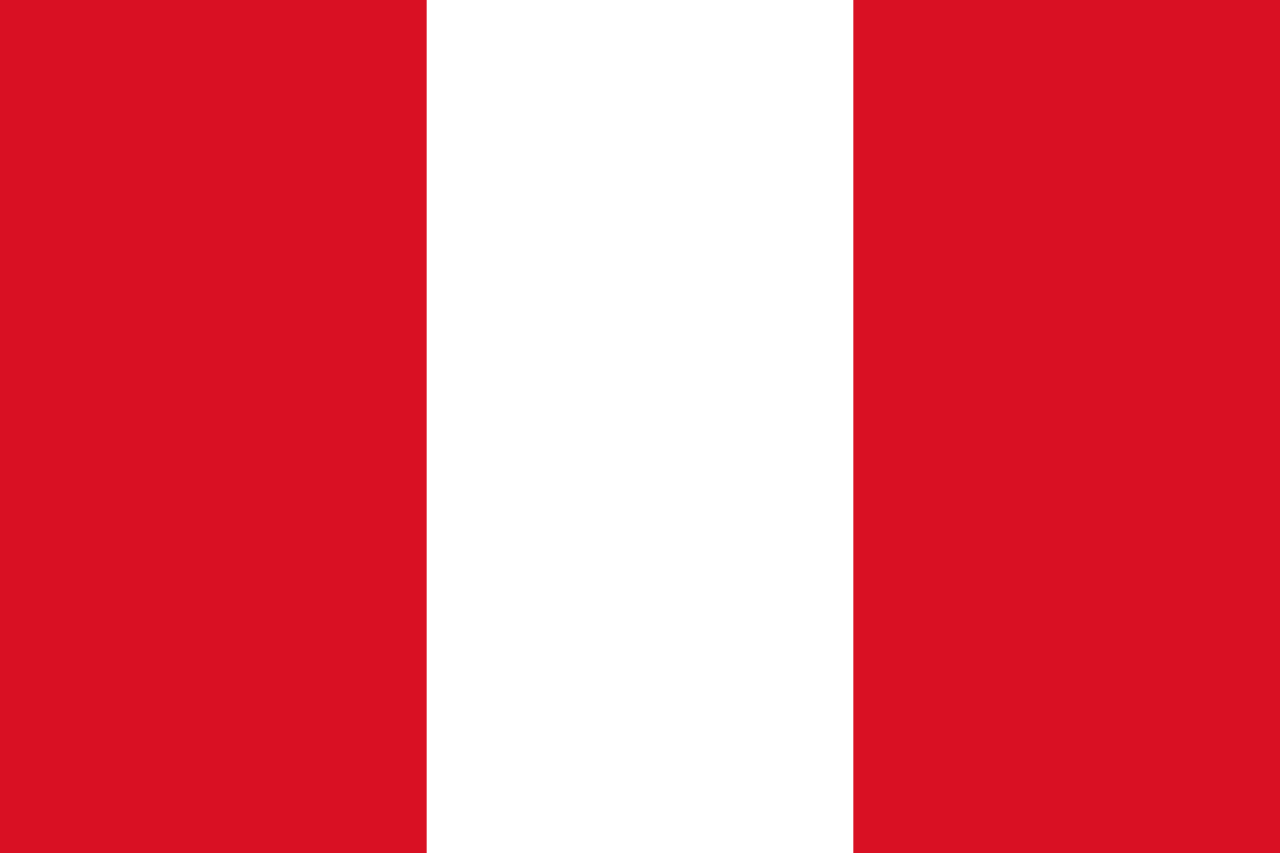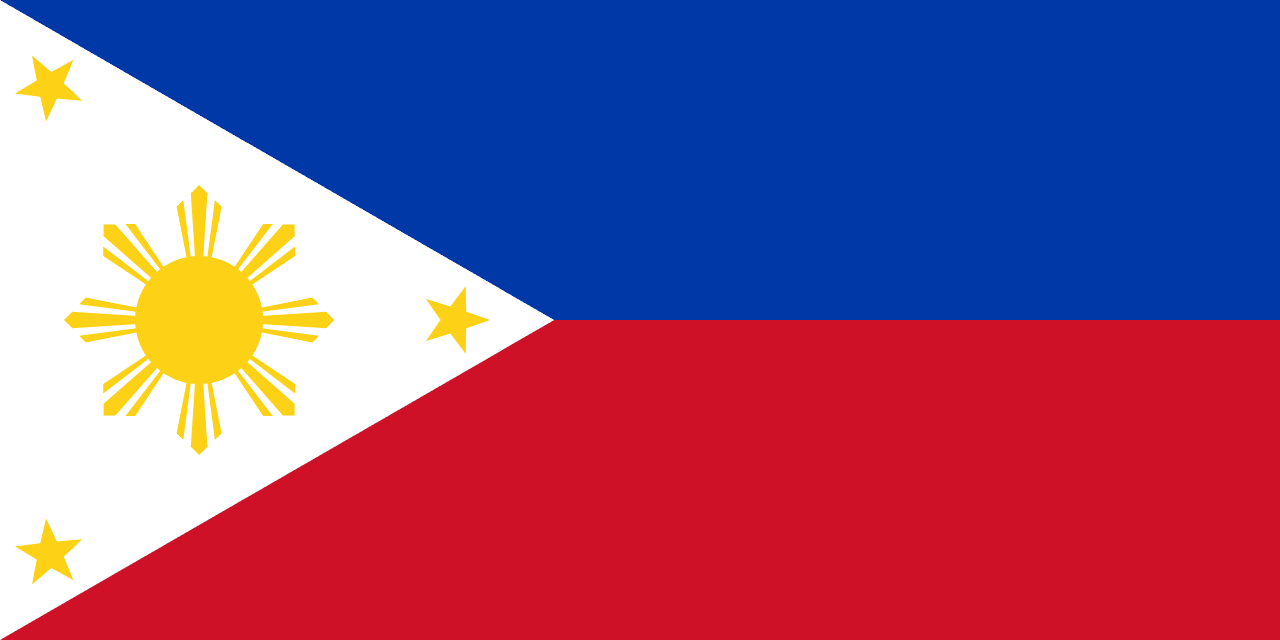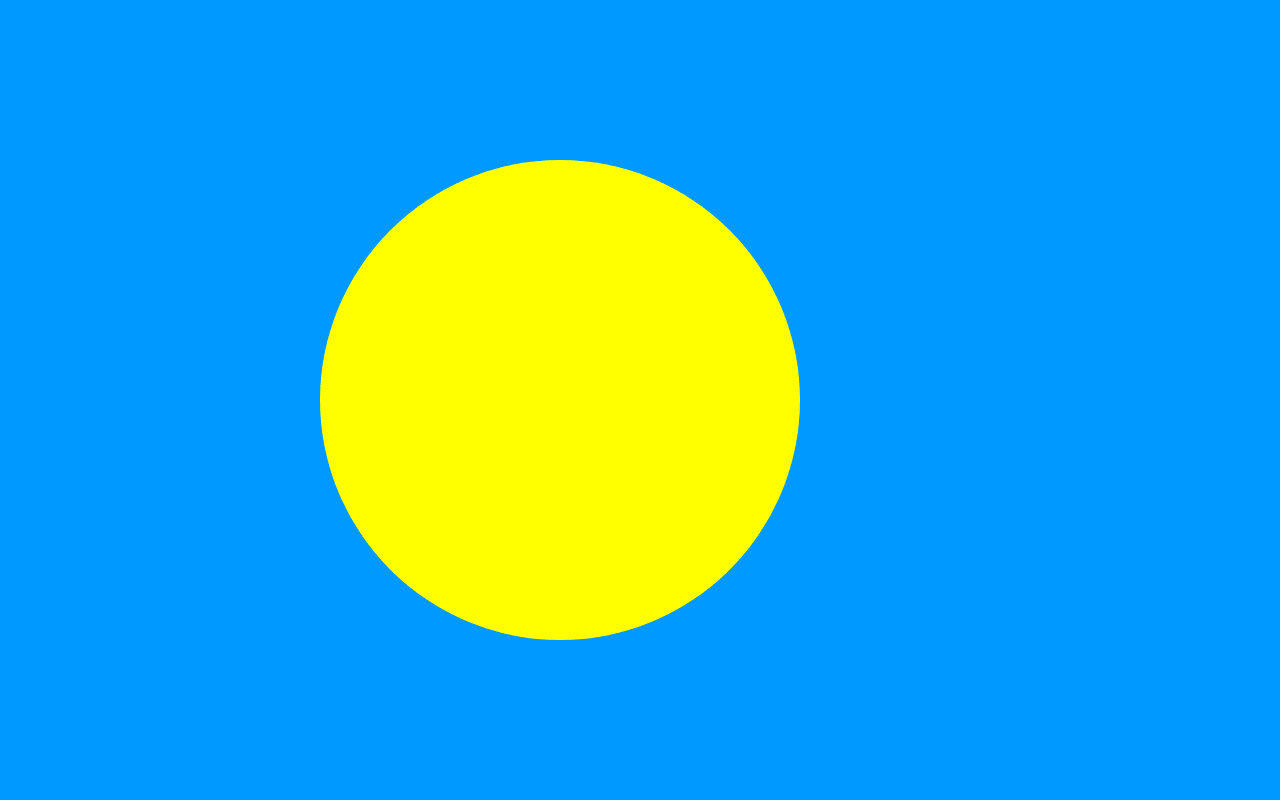The flag of Papua New Guinea consists of two diagonal triangles: the upper triangle is red with a yellow bird-of-paradise, and the lower triangle is black with five white stars representing the Southern Cross constellation. This striking design encapsulates the nation's rich cultural heritage, unique biodiversity, and geographical location in the South Pacific.
Papua New Guinea information
| National Flag Day | — |
| Sovereign state | Yes |
| Official name | Independent State of Papua New Guinea |
| Capital | Port Moresby |
| Population | 9,384,145 |
| Area | 462,840 km² |
| Currency | Papua New Guinean kina (PGK) |
| Language | English, Tok Pisin, Hiri Motu |
| Continent | Oceania |
| Region | South Pacific |
| Subregion | Melanesia |
| Borders | Indonesia |
| Timezone | Papua New Guinea Time (PGT) UTC+10:00 |
| Calling code | +675 |
| Top-level domain | .pg |
History of the Papua New Guinean flag
 The flag was adopted on July 1, 1971, just four years before Papua New Guinea gained independence from Australia on September 16, 1975. Its design was the result of a national competition won by a 15-year-old schoolgirl named Susan Karike Huhume. The flag's creation and adoption marked a significant step towards national identity and self-governance for Papua New Guinea.
The flag was adopted on July 1, 1971, just four years before Papua New Guinea gained independence from Australia on September 16, 1975. Its design was the result of a national competition won by a 15-year-old schoolgirl named Susan Karike Huhume. The flag's creation and adoption marked a significant step towards national identity and self-governance for Papua New Guinea.
Symbolism and design of the Papua New Guinean flag
The flag's design is rich in symbolism, reflecting Papua New Guinea's cultural diversity and natural beauty. The red and black diagonal triangles represent the nation's traditional colors, deeply rooted in indigenous art and cultural practices. The vibrant yellow bird-of-paradise, native to Papua New Guinea, symbolizes freedom, cultural uniqueness, and the country's extraordinary biodiversity. This bird species is also featured on the nation's coat of arms and currency, underlining its importance as a national symbol. The five white stars in the black triangle depict the Southern Cross constellation, connecting Papua New Guinea to its geographical location in the Southern Hemisphere and emphasizing its place among Pacific nations.
Usage and significance of the Papua New Guinean flag
 The flag of Papua New Guinea serves as a powerful emblem of national unity and identity in a country known for its incredible linguistic and cultural diversity. It is prominently displayed on government buildings, during national celebrations like Independence Day, and at international events where Papua New Guinea is represented. The flag's adoption in 1971 was a crucial step in forging a national identity for a country with over 800 indigenous languages and diverse tribal cultures. It continues to play a vital role in fostering a sense of shared nationhood among Papua New Guinea's many ethnic groups.
The flag of Papua New Guinea serves as a powerful emblem of national unity and identity in a country known for its incredible linguistic and cultural diversity. It is prominently displayed on government buildings, during national celebrations like Independence Day, and at international events where Papua New Guinea is represented. The flag's adoption in 1971 was a crucial step in forging a national identity for a country with over 800 indigenous languages and diverse tribal cultures. It continues to play a vital role in fostering a sense of shared nationhood among Papua New Guinea's many ethnic groups.
Interesting facts about the Papua New Guinean flag
- The bird-of-paradise on the flag represents one of the 39 species found in Papua New Guinea, showcasing the country's unique fauna.
- The flag's designer, Susan Karike Huhume, was honored by the government in 2015 for her contribution to the nation's identity.
- Papua New Guinea is one of the most culturally diverse countries in the world, with over 800 indigenous languages spoken.
- The flag's colors and design elements are also incorporated into traditional dress and art forms, further cementing its cultural significance.





